It’s time for the earliest spring planting! Late winter is the time to plant out garden peas and sweet peas, two of the earliest of all seed crops.
Cool-season crops are generally planted sometime in late February and earliest March west of the Cascades or between late March and up to late April east of the Cascades and in Alaska. Seasonal weather conditions play a big part in determining the actual planting time.
Three of our favorite garden pea varieties (they are also veggie-trial winners) are Cascadia, Oregon Sugar Pod II and Sugar Snap pole. Here are a few of their attributes:
CASCADIA – A new introduction by Dr. Baggett of Oregon State University. Ideal for cooking, freezing or eating fresh. It grows as a bush, about 2 to 3 feet high. In our garden, we provide a low support for the vines. 2 pods/node, bearing in mid-season. About 64 days to maturity.
OREGON SUGAR POD II – This edible-pod variety is ideal for stir-fry dishes. Snow peas are crisp, tender and full of flavor. Oregon State University developed this award winning variety. Pods 4 to 4 ? inches long. Plants grow 2 to 2 ? feet high. About 60 days to maturity. For easier picking give vines a low trellis on which to grow.
SUGAR SNAP (POLE) – This one is so good it won the All-America ‘Gold Medal’ award. Superb, thick, edible pods are crisp, tender and very sweet. They’re so good that if you start eating them as you pick’em, you’ll be lucky if any make it to the kitchen. We like them in salads too! Although this is an edible pod variety, you can also shell the peas. Reaches maturity in about 70 days. They should be planted early.
Here are three of our favorite Sweet Pea varieties. They are excellent choices for the various Northwest climates:
SWEET PEA ‘OLD SPICE’ – A wonderful collection of old-fashioned varieties that are highly scented and have exceptional heat resistance. Although the flowers tend to be somewhat smaller than other modern varieties, their fragrance makes up for it. The flowers are derived from the old, highly scented Eckford series. The vines grow upward of 5 feet and need trellis support.
DWARF SWEET PEAS ‘LITTLE SWEETHEART’ – Fragrant and heat resistant this low growing variety does not need support. It is ideal for borders, container plantings and flowerbeds. It blooms in a bright range of flower colors. Vines grow approximately 12 inches high.
SOWING POINTERS FOR PEAS AND SWEET PEAS
- Prepare fertile soil for garden peas. Compost, processed or well-rotted manure are excellent organic amendments to incorporate with your planting soil.
- Make your rows in a north/south direction for best sun exposure and air circulation.
- Soak the seeds for an hour or more prior the sowing.
- Treat the seeds with a nitrogen inoculant before seeding (to fix the nitrogen in the soil) and hasten germination.
- Dig a furrow 4 inches deep, covering the seeds with only 1 inch of soil, then fill in as seedlings develop.
- Space seeds about 1 to 2 inches apart in the row.
- Thin seedlings to 2 inches apart when they are 4 inches high.
- Space rows about 24 to 30 inches apart. Bush varieties can be grown in wide rows, spacing the seeds only 2 inches apart in all directions. Pole types can be planted on both sides of the trellis support to double yield.
- Seeds usually germinate in 10 to 20 days, depending upon soil moisture and weather conditions.
- Sow seeds at 2 to 3 week intervals, until mid-spring for continual harvest. Sow in mid-July for fall harvest.
- Be certain to put up trellis support for climbing (pole) varieties, as soon as seedlings are 2 to 4 inches high.
- When vines begin to die back, either compost or spade them into the soil.
Get an early start on your gardening season by planting peas and sweet peas!
-
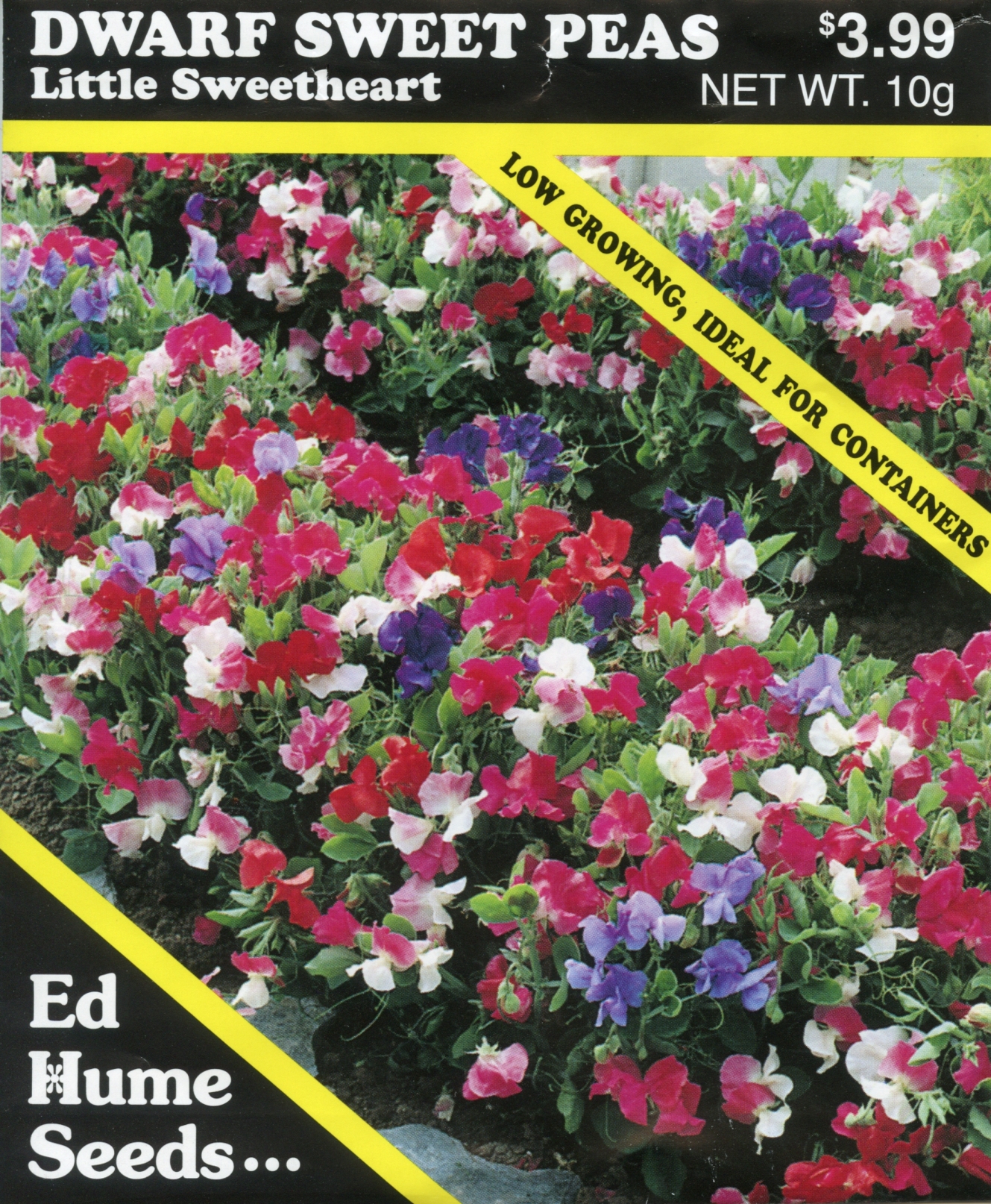 Dwarf Sweet Peas – Jumbo Packet$3.99
Dwarf Sweet Peas – Jumbo Packet$3.99 -
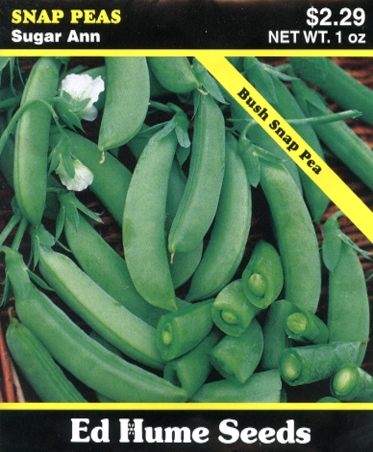 Peas – Sugar Ann, Snap$2.29
Peas – Sugar Ann, Snap$2.29 -
 Peas – Mammoth Melting Sugar, Snow Pea, Semi-Pole$2.29
Peas – Mammoth Melting Sugar, Snow Pea, Semi-Pole$2.29 -
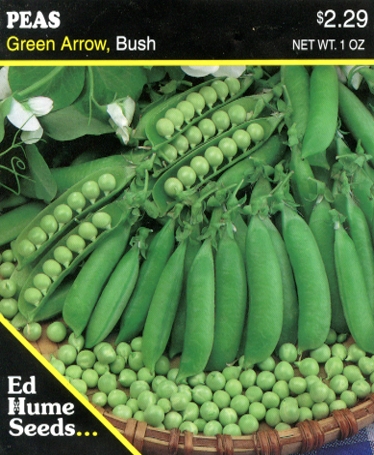 Peas – Green Arrow, Bush$2.29
Peas – Green Arrow, Bush$2.29 -
 Peas – Cascadia Bush, Snap Pea$2.29
Peas – Cascadia Bush, Snap Pea$2.29 -
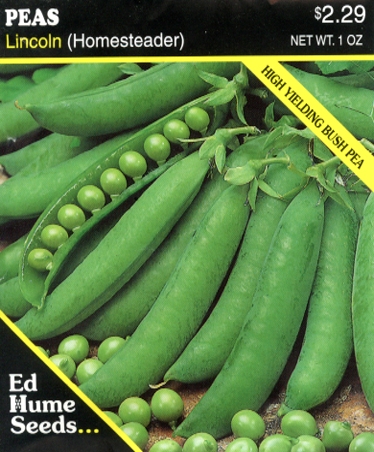 Peas – Lincoln (Homesteader) Bush$2.29
Peas – Lincoln (Homesteader) Bush$2.29 -
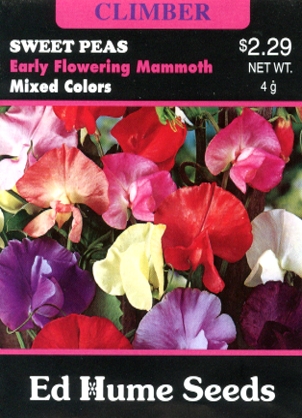 Sweet Peas – Early Flowering Mammoth$2.29
Sweet Peas – Early Flowering Mammoth$2.29 -
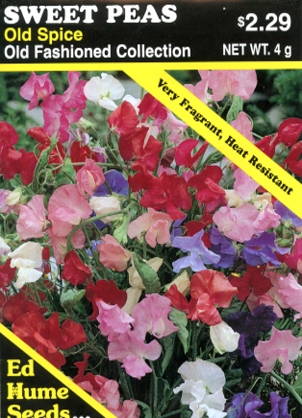 Sweet Peas – Old Spice$2.29
Sweet Peas – Old Spice$2.29 -
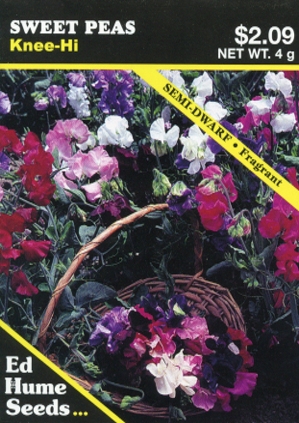 Sweet Peas – Knee-Hi$2.09
Sweet Peas – Knee-Hi$2.09 -
 Sweet Peas – Royal Family Mixture$2.09
Sweet Peas – Royal Family Mixture$2.09 -
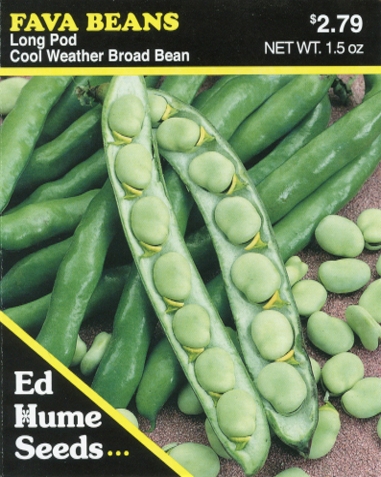 Beans – Fava, Long Pod$2.79
Beans – Fava, Long Pod$2.79 -
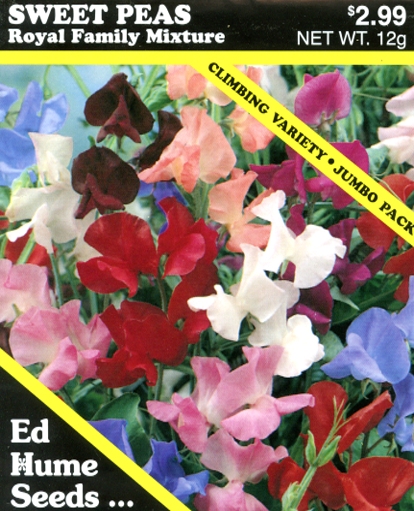 Sweet Peas – Royal Family Jumbo Mix$2.99
Sweet Peas – Royal Family Jumbo Mix$2.99 -
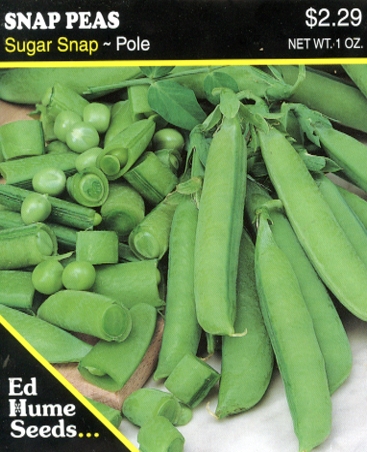 Snap Peas – Sugar Snap Pole$2.29
Snap Peas – Sugar Snap Pole$2.29 -
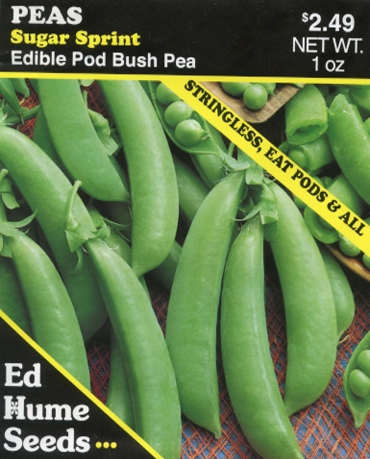 Peas – Sugar Sprint Bush$2.49
Peas – Sugar Sprint Bush$2.49 -
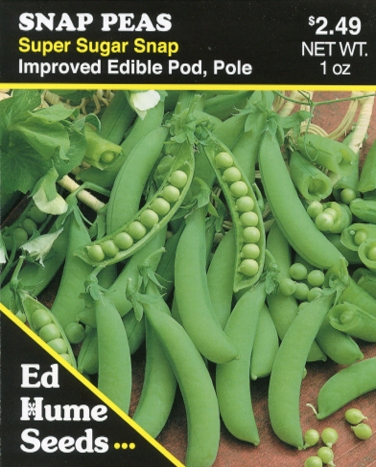 Snap Peas – Super Sugar Snap Pole$2.49
Snap Peas – Super Sugar Snap Pole$2.49 -
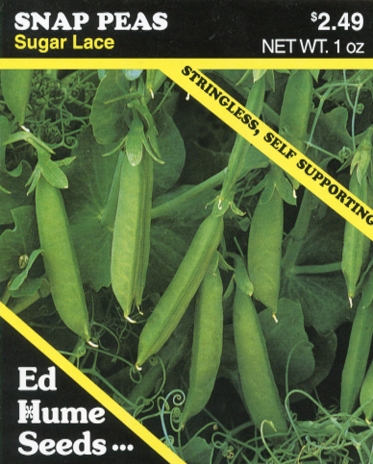 Snap Peas – Sugar Lace$2.49
Snap Peas – Sugar Lace$2.49 -
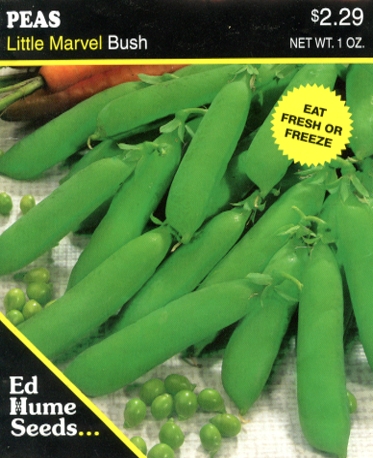 Peas – Little Marvel Bush$2.29
Peas – Little Marvel Bush$2.29 -
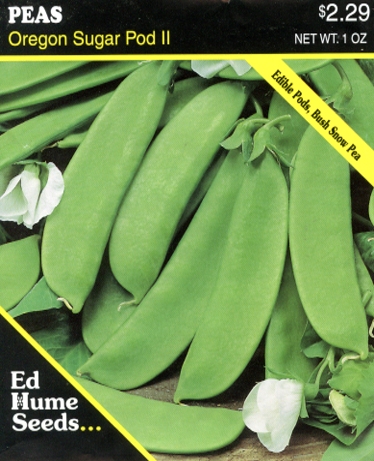 Peas – Oregon Sugar Pod II$2.29
Peas – Oregon Sugar Pod II$2.29 -
 Peas – Tall Telephone$2.29
Peas – Tall Telephone$2.29 -
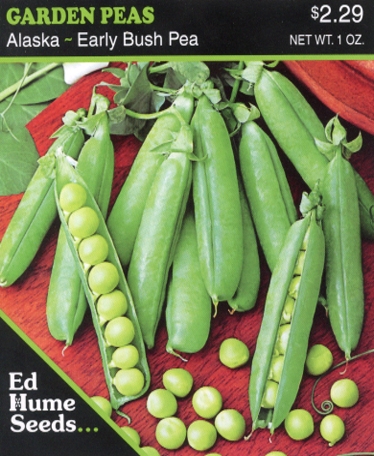 Peas – Alaska$2.29
Peas – Alaska$2.29 -
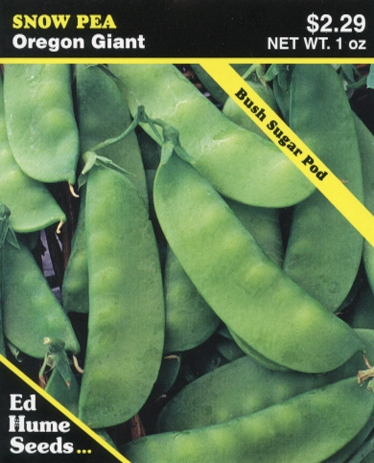 Snow Pea – Oregon Giant$2.29
Snow Pea – Oregon Giant$2.29
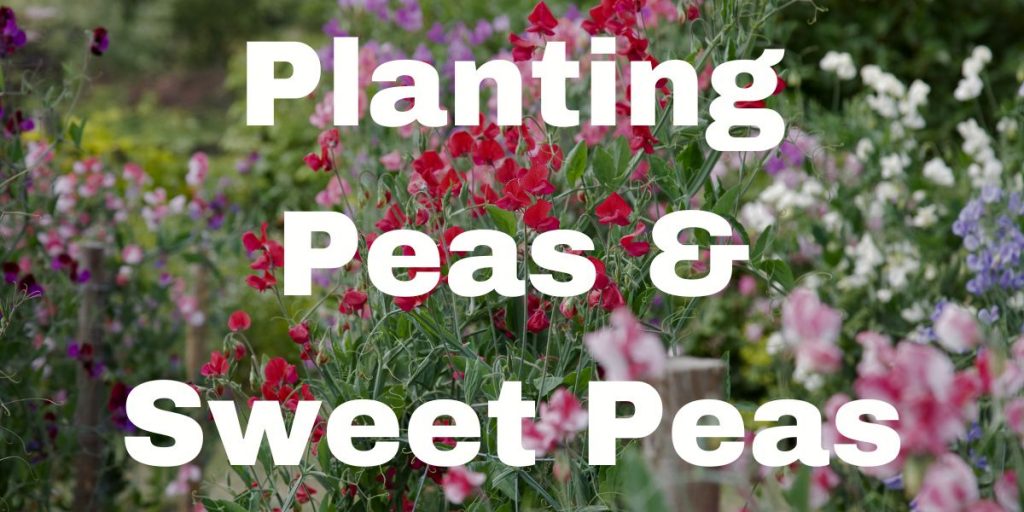
This site was… how do I say it? Relevant!! Finally I’ve found something that helped me.
Thanks a lot!